’All The World’s A Page’ posters by Blotto Design

Digital might be the literary future, with e-books on an inexorable rise, but a new trend for old-fashioned print craftsmanship - albeit a small one - must be giving printing press inventor Johannes Gutenberg some solace in his grave. German design agency Blotto Design's project 'All The World's a Page' is a case in point.
Ian Warner, a partner at the studio, has embarked on printing some of the icons of world literature on single sheets of paper. It started out as a graphic experiment - 'how long can James Joyce's Ulysses actually be?' he asked himself - and ended up a typographer's wet dream. Presently eight books have been made into posters - among them Darwin's The Origin of Species, Shakespeare's Macbeth, and Karl Marx' Das Kapital.
From a distance they appear like homogenous grey walls of text but up-close they are typographical works of art. Examine them carefully and you will spot patterns and structures, with the words and paragraphs having a visual character in keeping with the stories. All the books come printed on high-quality paper and can be ordered from all-the-worlds-a-page.com

Macbeth by William Shakespeare

Moby Dick by Herman Melville
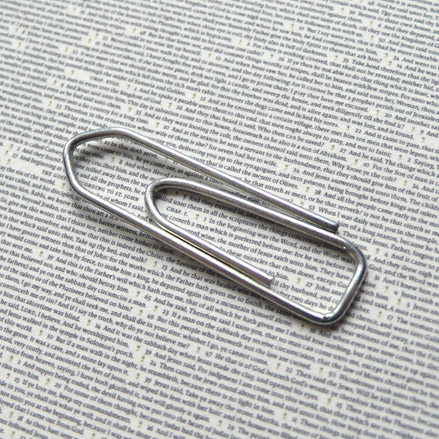
The King James Bible
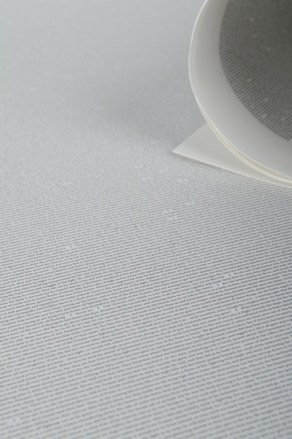
The Iliad by Homer
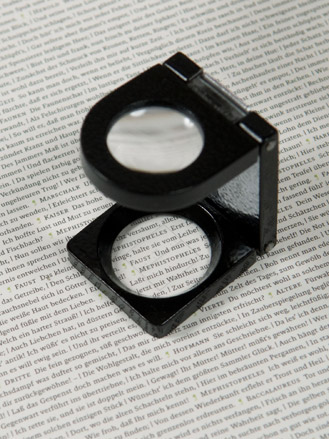
Faust by Johann Wolfgang von Goethe
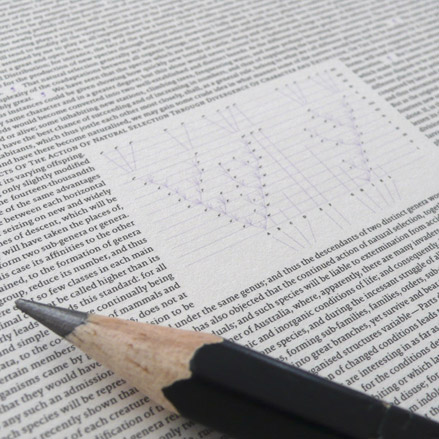
The Origin of the Species by Charles Darwin.
Receive our daily digest of inspiration, escapism and design stories from around the world direct to your inbox.
-
 Volvo’s quest for safety has resulted in this new, ultra-legible in-car typeface, Volvo Centum
Volvo’s quest for safety has resulted in this new, ultra-legible in-car typeface, Volvo CentumDalton Maag designs a new sans serif typeface for the Swedish carmaker, Volvo Centum, building on the brand’s strong safety ethos
-
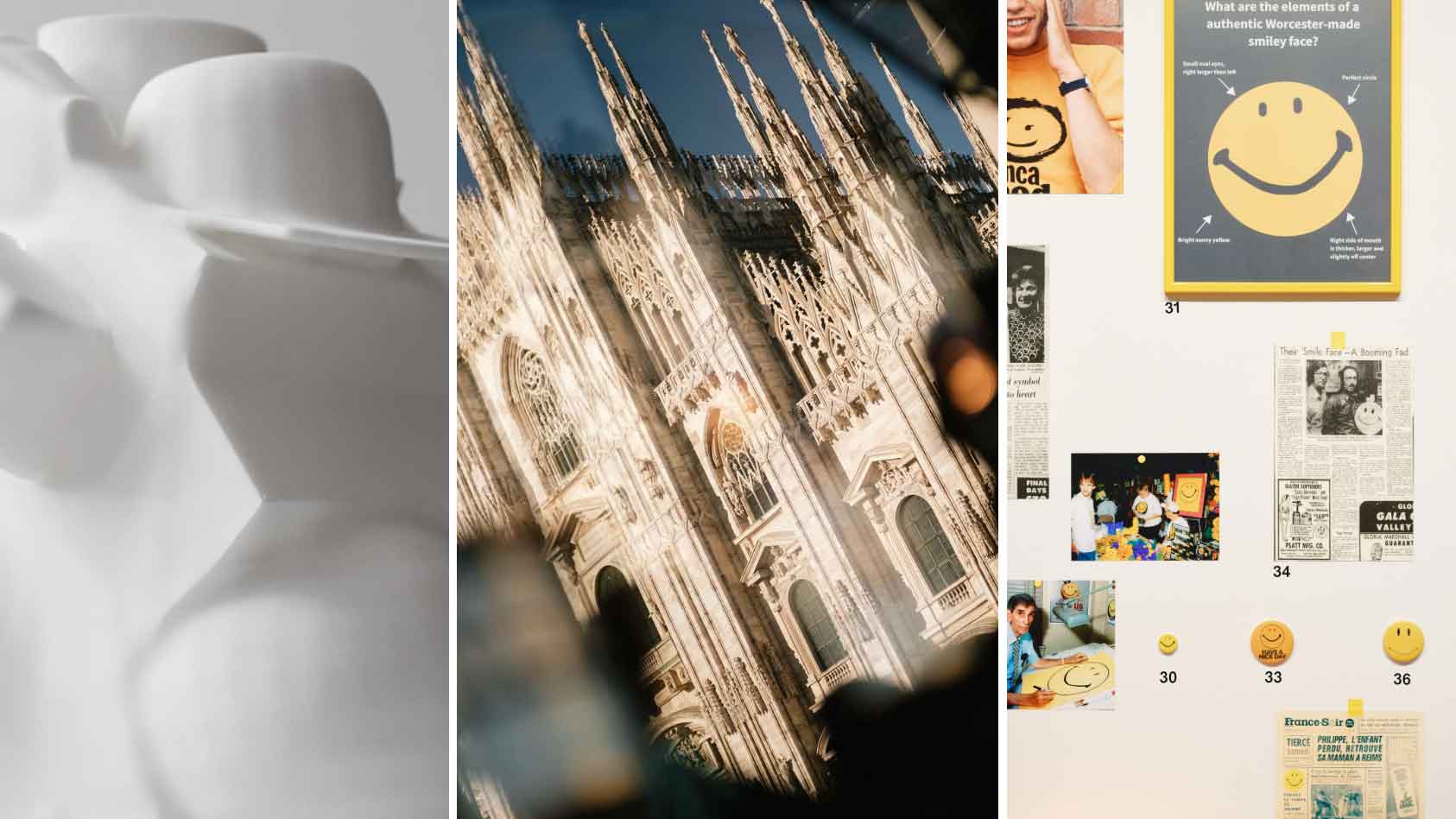 We asked six creative leaders to tell us their design predictions for the year ahead
We asked six creative leaders to tell us their design predictions for the year aheadWhat will be the trends shaping the design world in 2026? Six creative leaders share their creative predictions for next year, alongside some wise advice: be present, connect, embrace AI
-
 10 watch and jewellery moments that dazzled us in 2025
10 watch and jewellery moments that dazzled us in 2025From unexpected watch collaborations to eclectic materials and offbeat designs, here are the watch and jewellery moments we enjoyed this year